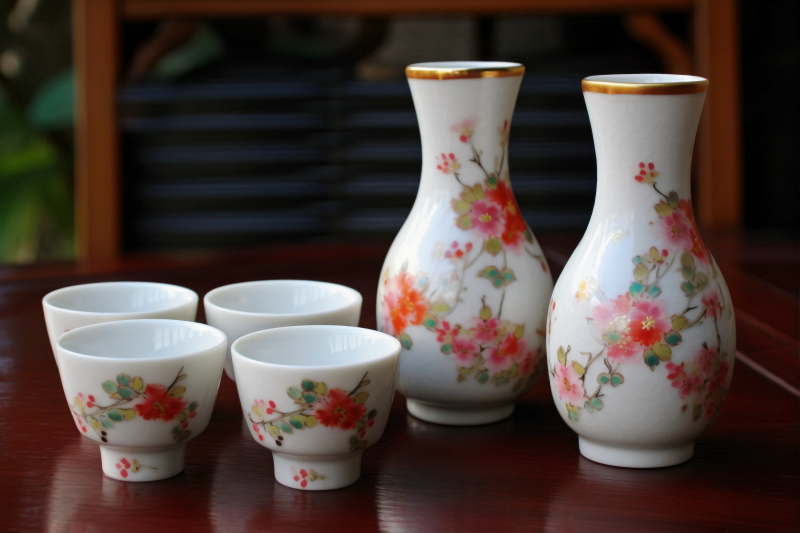Kutani Ware

With its origins in the Edo era, Kutani Ware has a history spanning more than 350 years. Toshiharu Maeda, the first local descendant of the Daishoji clan, found the pottery stone in the region known as Kutani in 1655, which marked the beginning of the tale. He asked Saijiro Goto, who was working on wrought gold, to learn how to create pottery, and he also established a kiln in the Kutani area to fulfill his curiosity with this particular style of pottery.
Since the 1873 World Exposition exhibition, Kutani Ware has become a symbol of Japanese colorful pottery thanks to this ceramic robust style. The bright design of Kutani, which uses the five hues red, purple, yellow, green, and Prussian blue, is particularly distinctive. These hues are known as Kutani gosai (the five Kutani colors).
One of the best Kutani Ware styles, Hanazume, was developed in Kanazawa in 1913 by Shiro Mizuta, a talented craftsman. Each piece is embellished with gold-painted outlines and flowers spanning the full surface. For those who prefer simple design, Kutani Choemon Kiln is a great illustration of how tradition and modernity can coexist with just a hand paint of a man enjoying skateboarding or playing the flute.
Detailed Information:
Founded: 1655
Founder: Toshiharu Maeda
Location: Kutani, Kaga Province, Ishikawa Prefecture
Website: https://kutaniware.com/





